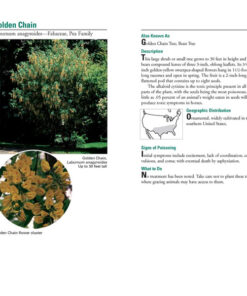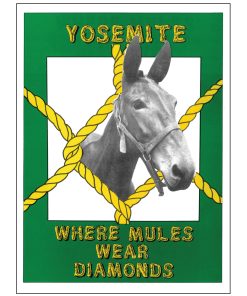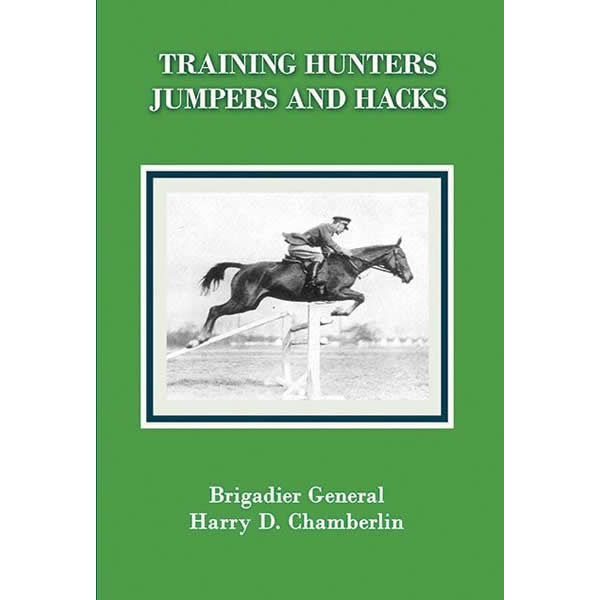Training Hunters, Jumpers and Hacks by Harry Dwight Chamberlin
$34.95 Original price was: $34.95.$27.96Current price is: $27.96.
Out of stock
Product Description
A modern classic by the U.S. Cavalry’s greatest horseman – everything the rider needs to know about selecting, training, and riding the hunter-type horse, from evaluating it’s conformation to basic dressage and jumping.
The genius of Brigadier General Harry Dwight Chamberlin’s contributions to horsemanship links a modified concept of Italian forward riding with French dressage and the American cavalry’s vast experience in riding long distances. The totality of Chamberlin’s writing provides a complete protocol to train both horse and rider for Eventing, Show Jumping, Endurance Riding, Hunting, and just plain hacking for fun. In Training Hunters, Jumpers and Hacks he focuses on the training of the horse for various disciplines.
“It is, in its field, the greatest book of the century not only in the United States but in the world. I know nothing comparable produced abroad.” – Vladimir Littauer
“So often, I think I have come up with an idea of my own, only to find it in one of Chamberlin’s books.” – William Steinkraus
“Chamberlin is to horsemanship as Mozart is to music.” – James Wofford
George Morris ranks Chamberlin as “the 20th Century’s greatest combined horseman, theorist, teacher, and writer.”
In a life cut short, Chamberlin provides several lifetimes of insight. He writes:
“Nothing, aside from the dearest human relationships, can give the pleasure found in working and playing with a horse.”
Expert Chamberlin biographer Warren Matha introduces this new edition offered proudly by Xenophon Press.
This volume is considered to be the “Standard modern American book on riding, training and schooling hunters, jumpers and hacks.”
Illustrated with drawings by Paul Brown and with many photographs, complete index and a new introduction by Chamberlin historian, Warren Matha. Chamberlin describes criteria for selection, conformation and gaits of a horse, the objectives of training, stages of training of a young horse, advanced work, and jumping. Each section is well-organized with a general overview including objectives followed by easy to follow detailed explanations.
Softcover, 382 pages.
You must be logged in to post a review.
Related products
-

Horse Conformation and Biomechanics
5.00 out of 5$89.95Brands:Deb Bennett, Ph.D.Add to cart -
 Sale!
Sale!

Horse Owner’s Guide to Toxic Plants
4.00 out of 5$12.99Original price was: $12.99.$10.39Current price is: $10.39. Read more -

Gymnasium of the Horse by G. Steinbrecht
0 out of 5$39.95 Add to cart -

The Vaquero & Other Short Stories by Edward Borein
0 out of 5$25.00Brands:Alamar Media Inc.Add to cart -


Yosemite: Where Mules Wear Diamonds By Bob Barrett
0 out of 5$19.95 Add to cart



Reviews
There are no reviews yet.